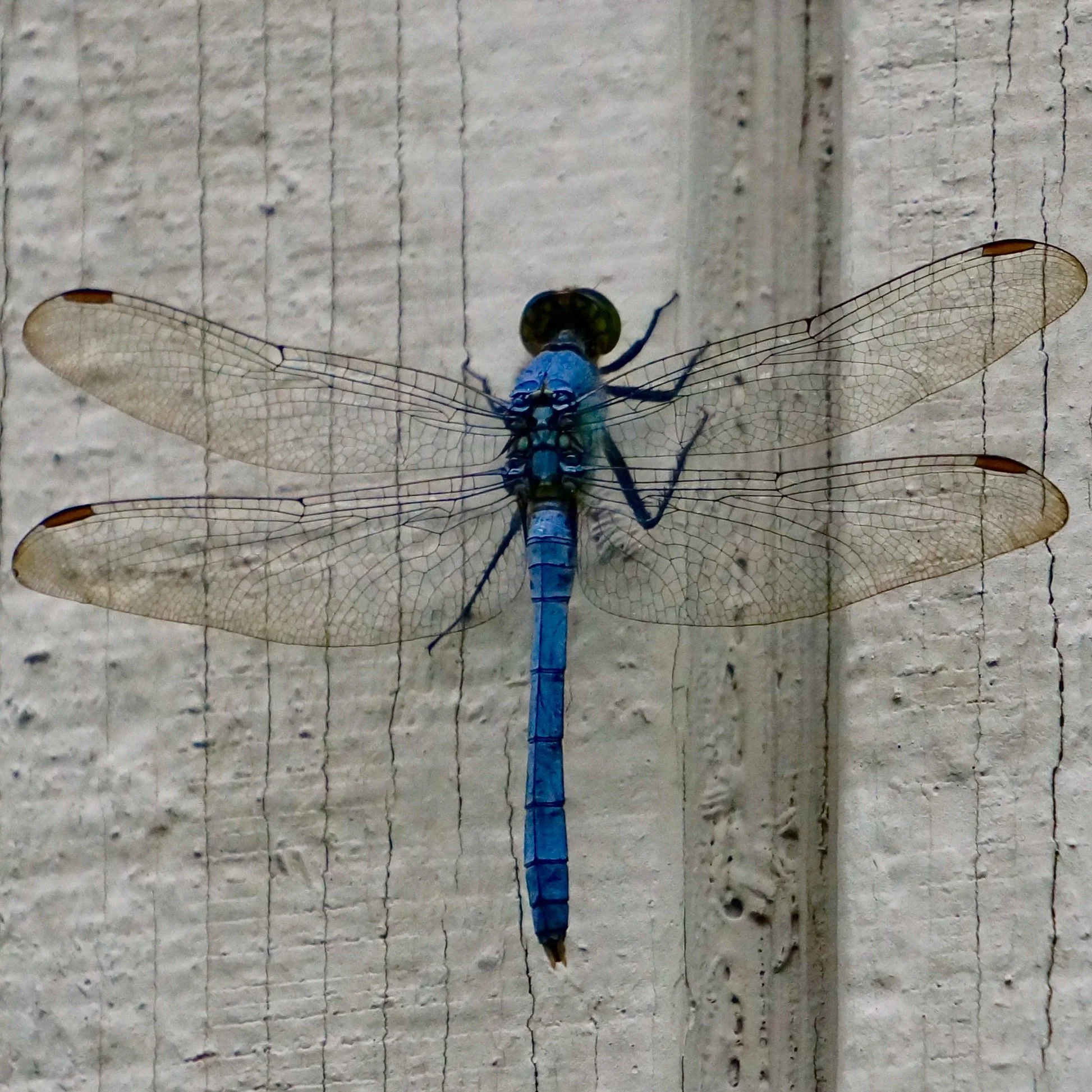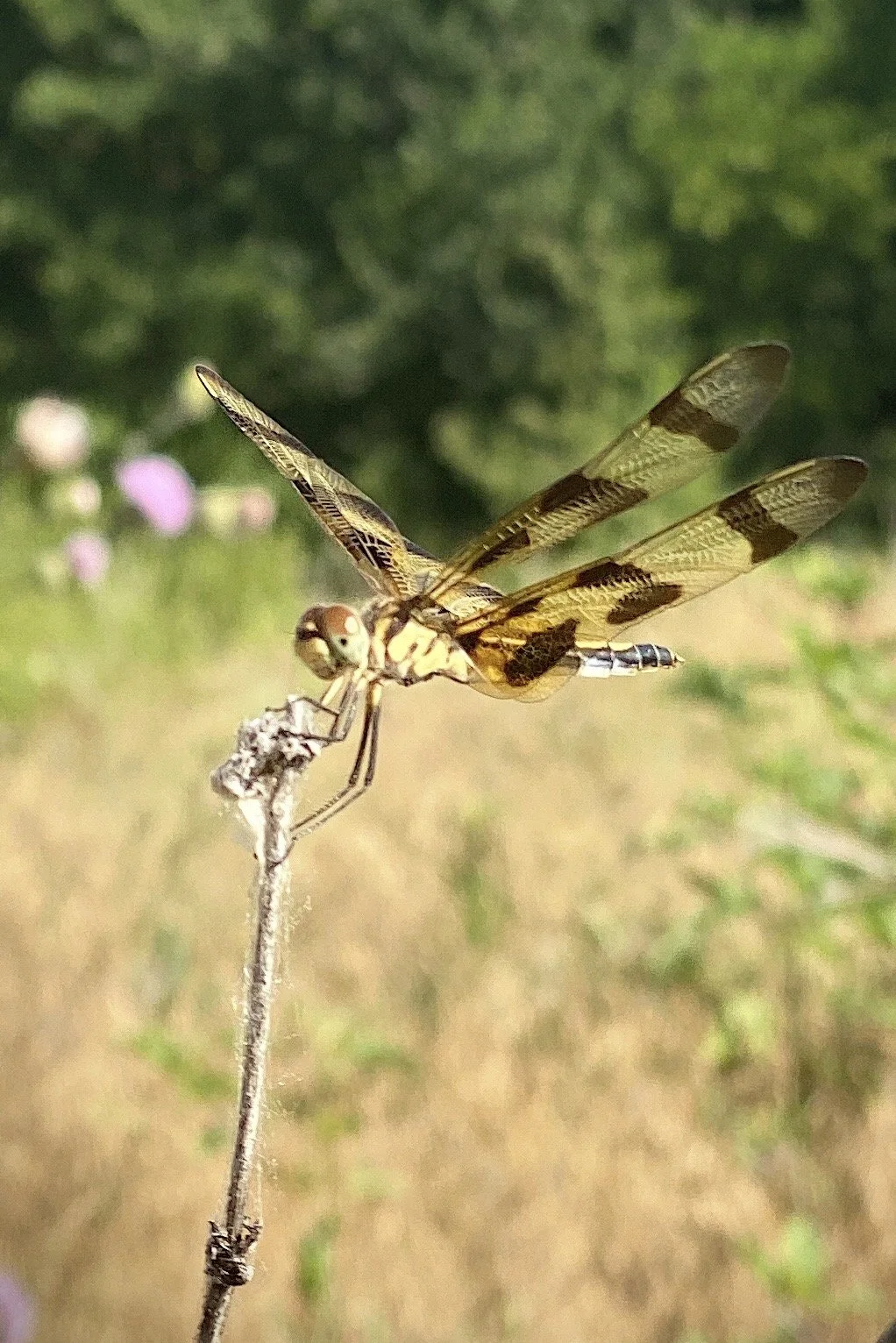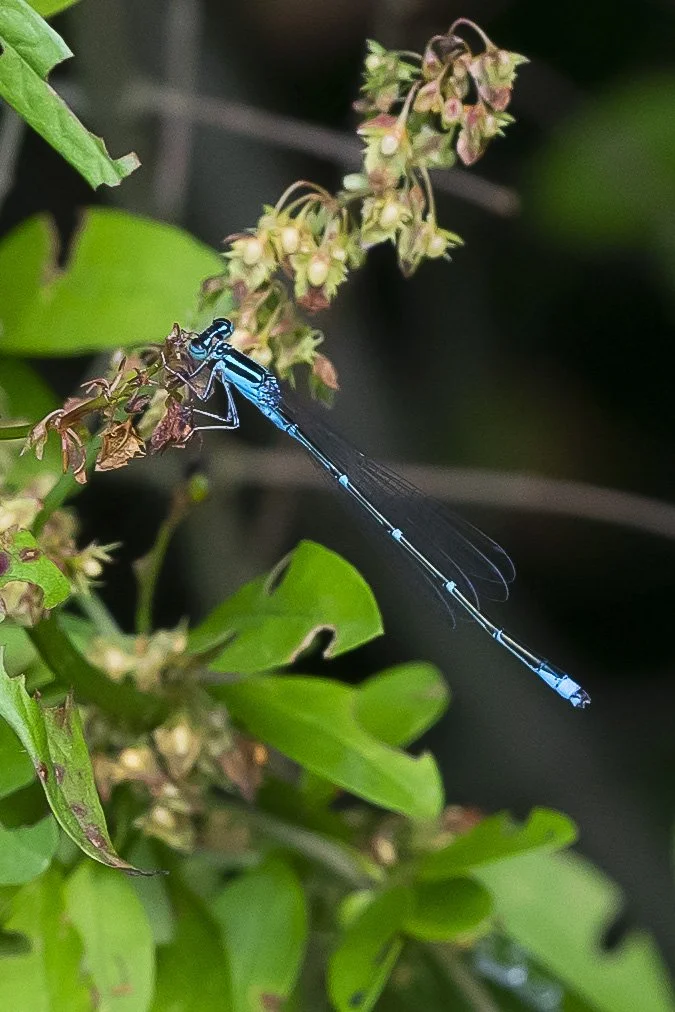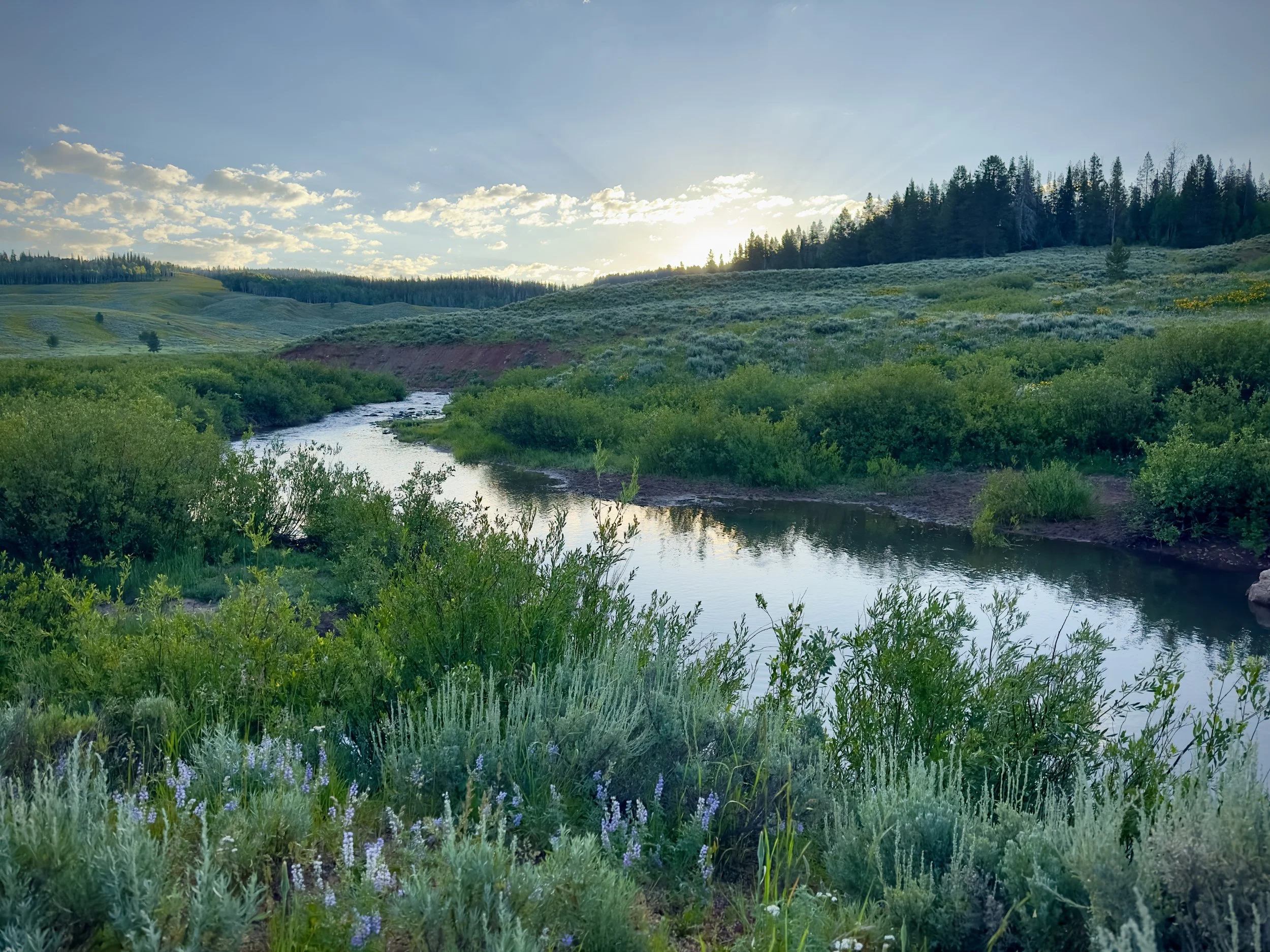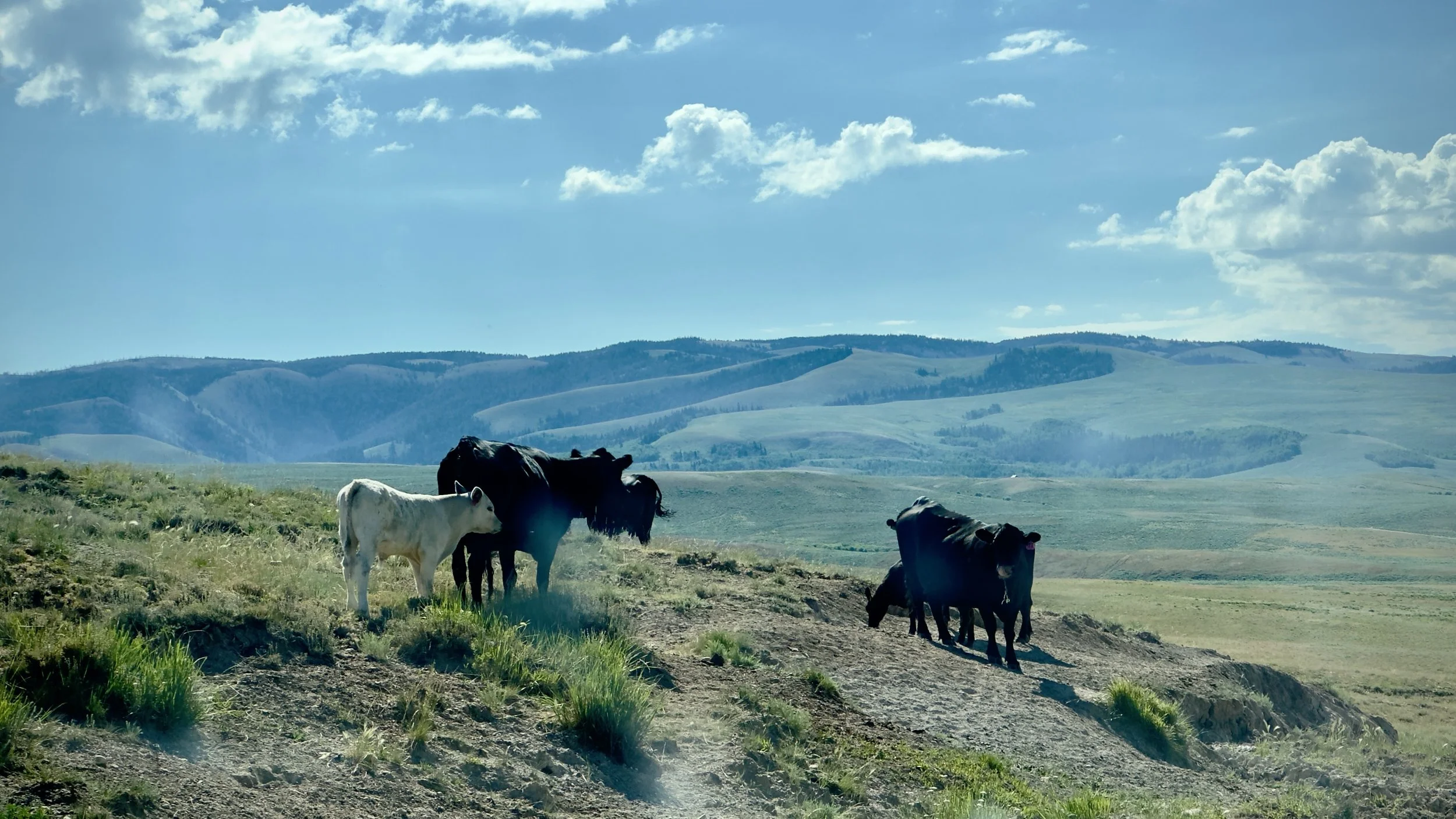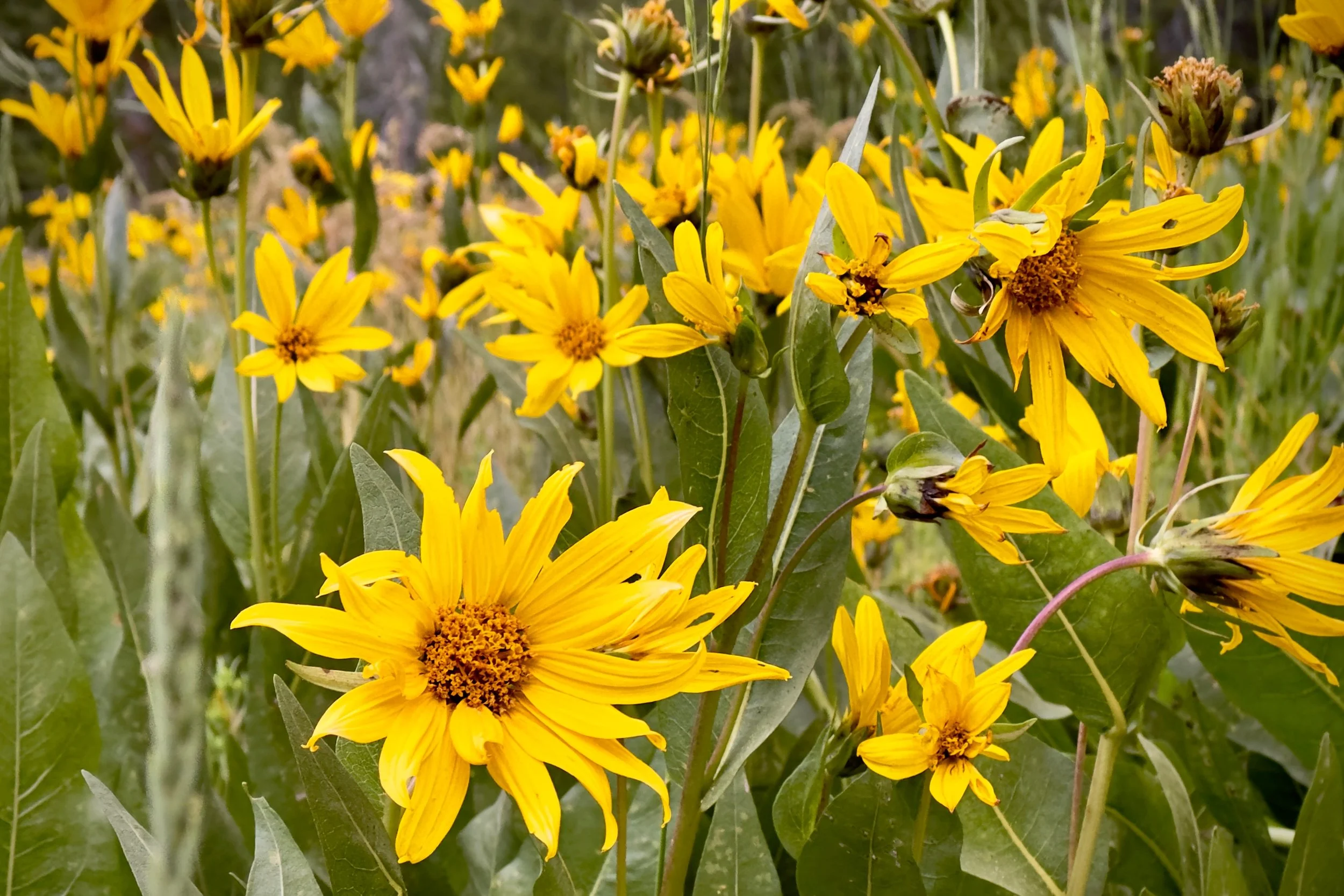Deep in the sun-searched growths the dragonfly
Hangs like a blue thread loosened from the sky.
Dante Gabriel Rossetti
Dragonflies
Swiftly
they fly, hunting-
beautiful and deadly,
prehistoric dragons circling
a pond.
They are an ancient species. Older than dinosaurs.
Smaller now, once they were as big as eagles.
As larva, growing in the water, they shed skin after skin - feeding safely, in protective armor, on the unwary prey within their grasp.
Then, after years, they creep out of the muddy depths for one final molting.
Slicing through their own skins, becoming more vulnerable than they’d ever been, they emerge. Fragile wings and metallic bodies unfold. Many die at this stage; consumed by predators taking advantage of a temporary weakness.
Those who live become swift and deadly hunters, killing 90% of the prey they seek.
Dragons indeed.
A damselfly contemplating a single drop of water
Grasping a web, he can prey on the spider as well as the spider’s catch.
The damsels are slower and slimmer, but more flexible.
It’s looking at you!
If you want to know more about dragonflies, click here.
Hope you enjoyed this - I had fun writing it. I love dragonflies, and I know so many people see them as a symbol of good luck. I do as well, if only because I love to watch them, but I never forget that the survival instinct is ruthless, and nature is both beautiful and treacherous.
Thank you so much for being here with me! I had an amazing road trip through Wyoming and South Dakota for the last couple weeks, and I will share more from that experience in upcoming posts See you next Friday!
